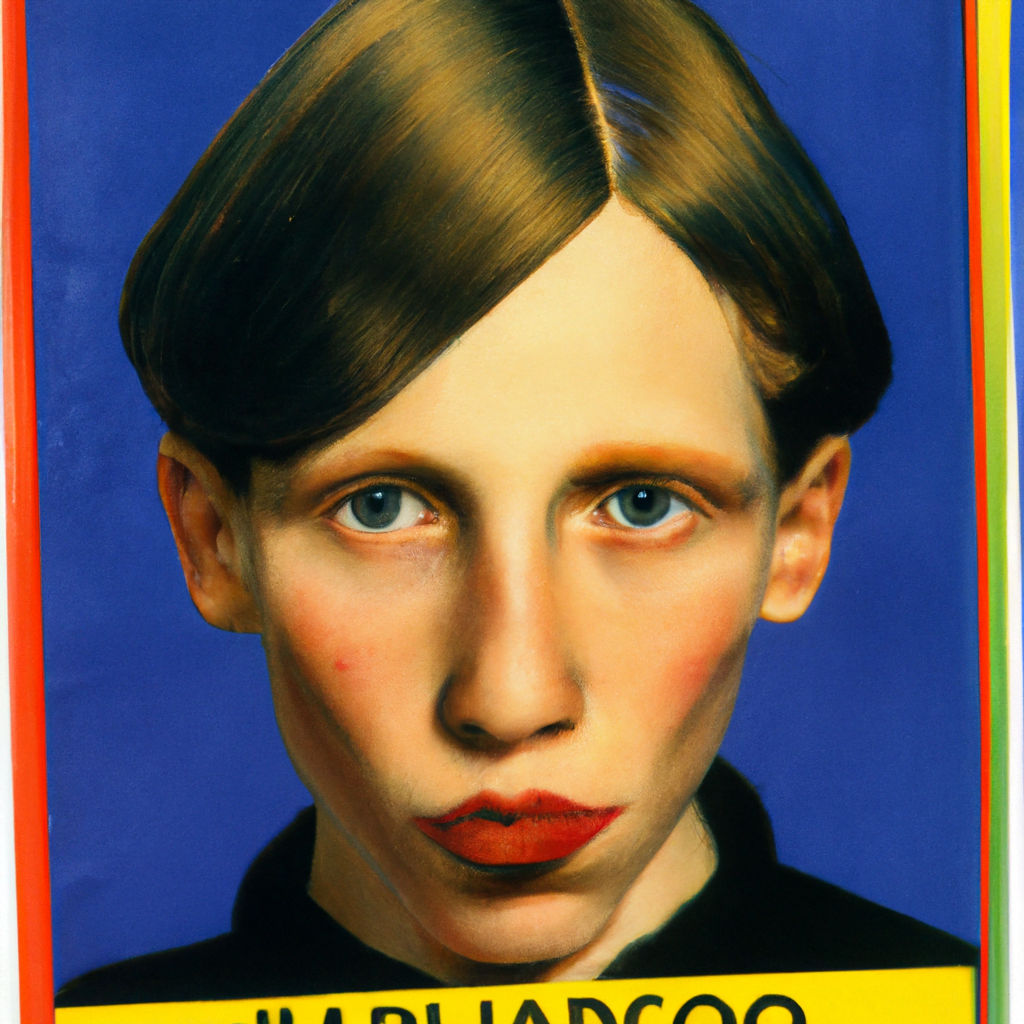
Design: Nostalgia and Vintage Aesthetics

Introduction
Design is an ever-evolving field that is influenced by various factors, including cultural, social, and technological changes. One of the most significant influences on design is nostalgia and vintage aesthetics. Nostalgia is a powerful emotion that can evoke memories and emotions from the past. Vintage aesthetics, on the other hand, refer to design elements that are inspired by the past. In this article, we will explore the role of nostalgia and vintage aesthetics in design and how they have influenced modern design.
The Power of Nostalgia
Nostalgia is a powerful emotion that can evoke memories and emotions from the past. It is a bittersweet feeling that can make us feel happy and sad at the same time. Nostalgia is often associated with positive memories, such as childhood memories, family gatherings, and special occasions. It can also be associated with negative memories, such as loss and grief.
Nostalgia has been studied extensively by psychologists, and research has shown that it can have a positive impact on our well-being. According to a study published in the Journal of Personality and Social Psychology, nostalgia can increase feelings of social connectedness, self-esteem, and meaning in life. It can also reduce feelings of loneliness, boredom, and anxiety.
In design, nostalgia can be a powerful tool for creating emotional connections with consumers. By evoking memories and emotions from the past, designers can create a sense of familiarity and comfort that can make consumers feel more connected to a brand or product.
Vintage Aesthetics in Design
Vintage aesthetics refer to design elements that are inspired by the past. Vintage design can be characterized by its use of muted colors, distressed textures, and retro typography. Vintage design can evoke a sense of nostalgia and create a feeling of authenticity and timelessness.
Vintage aesthetics have become increasingly popular in recent years, particularly in the fashion and interior design industries. Vintage clothing and furniture have become highly sought after, and many designers have incorporated vintage elements into their designs.
One example of vintage aesthetics in design is the resurgence of mid-century modern design. Mid-century modern design is characterized by its clean lines, organic shapes, and use of natural materials. This design style was popular in the 1950s and 1960s and has experienced a resurgence in popularity in recent years.
Another example of vintage aesthetics in design is the use of retro typography. Retro typography refers to typography that is inspired by the typography of the past. This can include typography from the 1920s, 1950s, or 1970s. Retro typography can create a sense of nostalgia and authenticity and can be used to evoke a specific time period or style.
The Benefits of Using Nostalgia and Vintage Aesthetics in Design
There are several benefits to using nostalgia and vintage aesthetics in design. These include:
Creating Emotional Connections
Nostalgia and vintage aesthetics can create emotional connections with consumers. By evoking memories and emotions from the past, designers can create a sense of familiarity and comfort that can make consumers feel more connected to a brand or product.
Standing Out from the Crowd
In a crowded marketplace, nostalgia and vintage aesthetics can help a brand stand out from the competition. By using design elements that are inspired by the past, a brand can create a unique and memorable identity that sets it apart from other brands.
Creating a Sense of Authenticity
Vintage aesthetics can create a sense of authenticity and timelessness. By using design elements that are inspired by the past, a brand can create a sense of history and tradition that can make it feel more trustworthy and reliable.
Case Studies
There are several examples of brands that have successfully used nostalgia and vintage aesthetics in their design.
Coca-Cola
Coca-Cola is a brand that has successfully used nostalgia in its design. The brand’s iconic logo and red and white color scheme have remained largely unchanged since the 1890s. Coca-Cola has also used vintage advertising campaigns in its marketing, such as the “Share a Coke” campaign, which featured personalized bottles with popular names from the 1980s and 1990s.
Levi’s
Levi’s is a brand that has successfully incorporated vintage aesthetics into its design. The brand’s iconic 501 jeans have remained largely unchanged since their introduction in the 1890s. Levi’s has also used vintage advertising campaigns in its marketing, such as the “Live in Levi’s” campaign, which featured vintage-inspired imagery and typography.
Instagram is a social media platform that has successfully incorporated vintage aesthetics into its design. The app’s logo and user interface are inspired by vintage camera designs, and the app’s filters are designed to create a vintage look and feel.
Conclusion
Nostalgia and vintage aesthetics are powerful tools in design. By evoking memories and emotions from the past, designers can create emotional connections with consumers, stand out from the competition, and create a sense of authenticity and timelessness. Brands that successfully incorporate nostalgia and vintage aesthetics into their design can create a unique and memorable identity that resonates with consumers.
